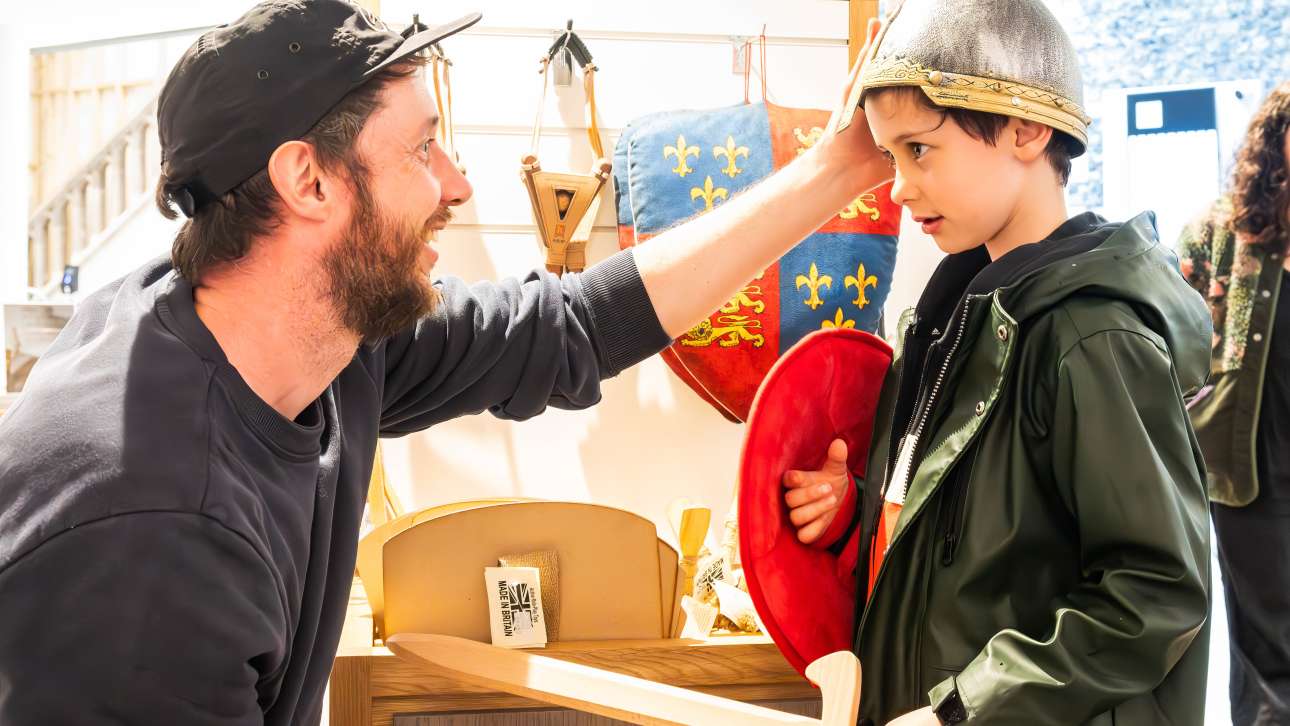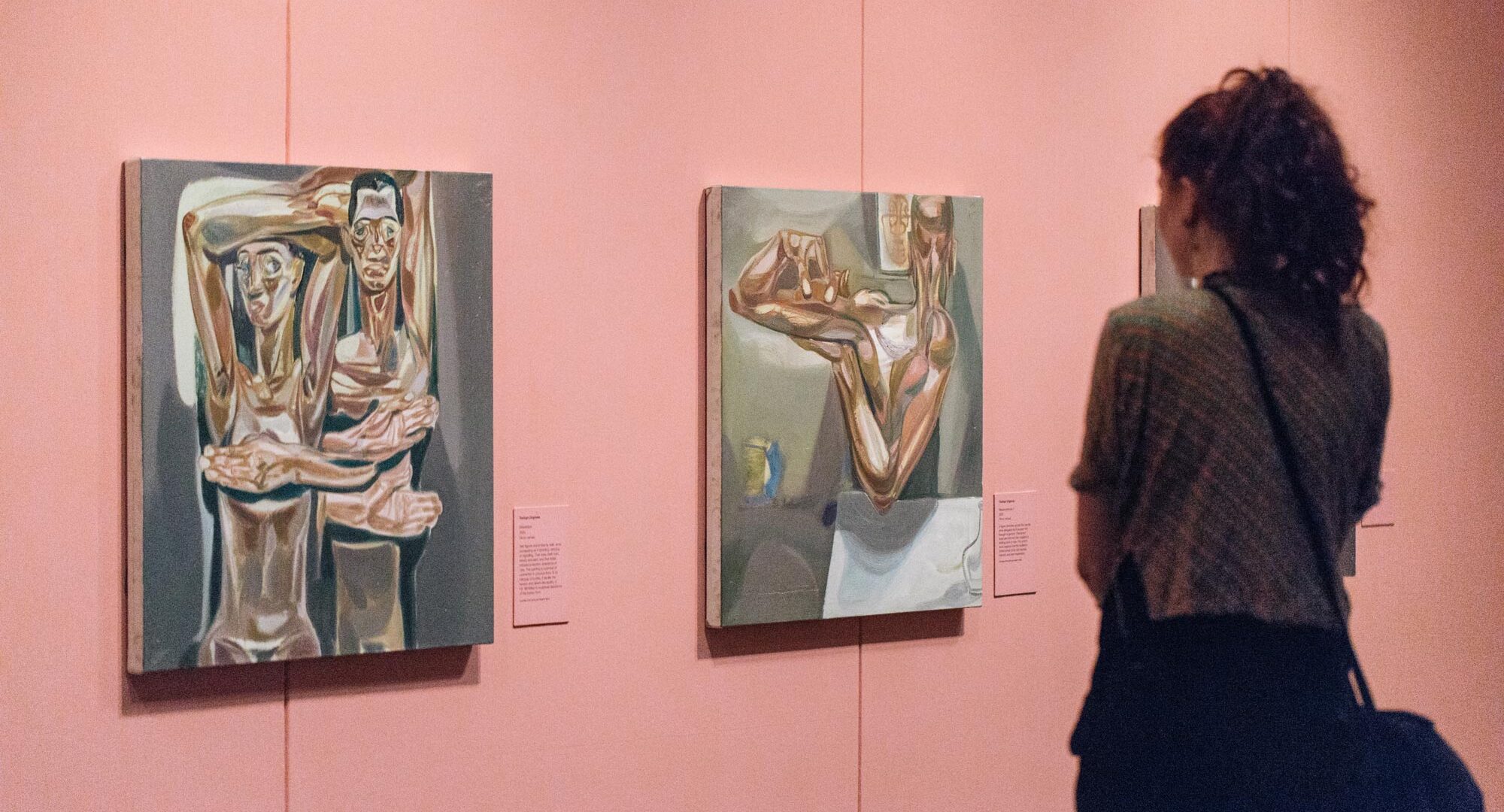
Hats Off! Hidden Histories of Millinery and Making
10:00 am Saturday 8 November 2025 – 4:30 pm Wednesday 12 November 2025
Led by Norwich University of the Arts in partnership with Norwich Castle, explore the hidden histories of hat-making as part of Being Human Festival.
As part of Being Human Festival of the humanities, Norwich University of the Arts is pleased to present a series of events in partnership with Norwich Castle exploring the hidden histories of hat-making. Find out more about millinery through an Early Years Saturday drop in and an artefact-handling activity.
Hats Off! Early Years Saturday
Saturday 8 November
10am – 3pm
‘Early Years Saturday’ takes place on the second Saturday of every month at Norwich Castle – and this November it will be all about the wonderful world of hats. If you have little ones under five years, come and join the hat-themed fun. There will be activities and ideas designed especially for younger visitors with lots to look at, listen to, hold and investigate. Spend time exploring, playing and giggling together in this drop-in session guided by Early Years specialists.
Please note castle entry is free for children 0-4, and free entry is also offered for those who get means-tested benefits and all children in households receiving means-tested benefits.
Find out more about this event (opens in a new window)Millinery Artefact Handling
Wednesday 12 November
3pm – 4:30pm
Join staff from the curatorial team at Norwich Castle along with practicing milliners from Norwich University of the Arts to lift the lid on the little-known – and largely lost – world of hat-making. Enjoy privileged, close-up access to hat-related artefacts held in the Collection, which are rarely on public display. Learn about how they were made, what they were used for, and the colourful and inspiring stories of the people, places and practices to which they were related. You will have the opportunity to ask questions, use your imagination and also share your own stories of hats and hat-wearing past and present.
Focusing on the Interwar years, the session will explore the idea of Norwich as a once vibrant spot for millinery. If you enjoy fashion, making, social history – or all of the above – then this opportunity to discuss and participate is for you.
Places limited, booking essential.
Book your place